The Biostar A10N-8800E Motherboard Review: Carrizo in 2019?!
by Dr. Ian Cutress & Gavin Bonshor on August 14, 2019 8:00 AM EST- Posted in
- Motherboards
- CPUs
- AMD
- Biostar
- Mini ITX
- HTPC
- Carrizo
- A10N-8800E
- FX-8800P
- Athlon 200GE
BIOS
The Biostar A10N-8800E uses a simplistic UEFI firmware with grey and white text on a black background. The grey text signifies that the element is non-customizable, whereas the options in white text provide some function. The firmware is divided into four primary sections with the left-hand side displaying an informative list of information from CPU core speed to the current CPU temperature, date, and time. Across the top is the word ‘Motherboard’, while the central panel houses all of the settings that users can customize such as enabling, or disabling controllers, power settings and even enable the IOMMU function. The last panel sits at the right-hand side of the screen which provides a helpful and informative key listing.
To be honest, from Biostar, I had expected a more legacy BIOS setup with blue-on-blue. The fact that this is somewhat graphical, for a board at this level, is somewhat amazing.
Entering the firmware can be done by pressing the Del key, and upon entering, users will be brought to the initial splash screen. The BIOS information screen is very basic in its layout and offers a list of information such as the compliance of the firmware, the version installed, and it's build date. Users can also customize the system date and time.
Within the advanced tab, users can access the majority of the core settings within the firmware. This includes the SATA configuration, the smart fan control, CPU configuration, and the CSM configuration. Users looking to alter or customize the built-in power settings such as PStates, these can be found within the CPU Configuration sub-section.
The fan control section of the Biostar A10N-8800E firmware is somewhat primitive with a basic set of adjustable temperature parameters including off, on, a start value, and allow users to select between an automated control mode and manually. There is an option to calibrate the selected fan, but there is no option to sync between the two available fan headers.
Where users would usually find Biostar’s overclocking options, the O.N.E section contains a very basic set of options with no CPU core clock control or voltage configuration. The only option users can overclock is the memory with two different DDR memory voltage settings; default or overvolted at 1.27 V. Users can also select the memory frequency, although options here are limited to 2133 MHz which is the maximum frequency the AMD FX-8800P processor supports.
Overall the firmware on the Biostar A10N-8800E SoC motherboard is easy to navigate, is clear and concise, and for the platform it represents, doesn’t really need anything over the top to make it effective. The user interface works well with the white text on a dark grey/black background, and the basic fan control within the firmware is quite useful.
Software
Bundled with the A10N-8800E is a software installation disc which contains all of the available drivers and software applications supported by this AMD Carrizo based SoC motherboard.
There are limited software and driver options available with A10N-8800E which include an ATI Chipset driver, a Realtek networking and audio driver, as well as a BIOSCreen utility, eHot-Line utility, a temperature monitor, and a BIOS updater.
Biostar's eHot-Line software allows users to contact Biostar directly in regards to any diagnostical related issues and current issues in which the less tech-savvy may not adept at dealing with. It allows users to input basic information such as memory module brand for potentially incompatibility issues, as well as the power supply model which could provide useful information to Biostars support team in helping diagnose issues. The software allows you to copy in other users via the use of the CC E-Mail option.
Also included in the software is a basic temperature monitor which provides users with temperature from two onboard sensors with the minimum, current, and maximum values all available for viewing. The GUI is very archaic and Biostar hasn't put any extra research into the design of the skin, but it's effective and it works absolutely fine.
With motherboard vendors updating firmware quite regularly in this day and age, Biostar has also included a basic variant of its BIOS Update utility. Users can simply download the BIOS from the download section on the official product page, There are options to update the BIOS from the downloaded file, and there's also the option to backup the current BIOS just in case there are complications with the new BIOS; users can simply flashback from the back up file by going through the same process.
Overall the software bundle is similar to the accessories with the Biostar A10N-8800E motherboard, simplistic, useful, but more to the point, they do the intended job without fanfare which is important for a product such as this.





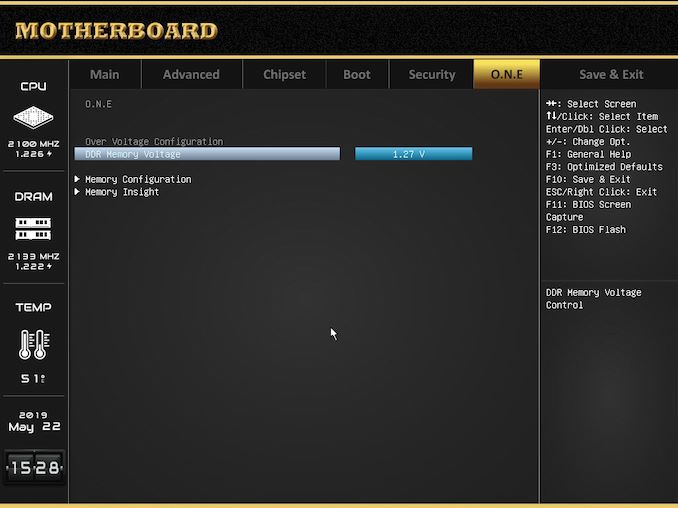






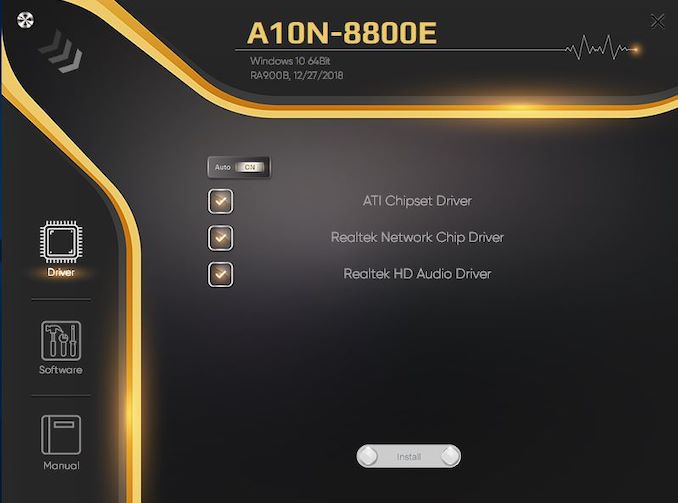
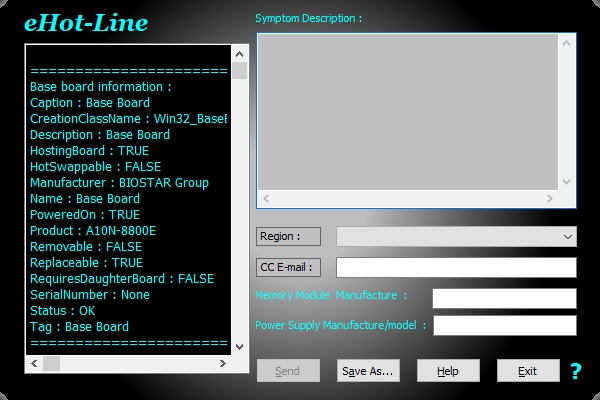
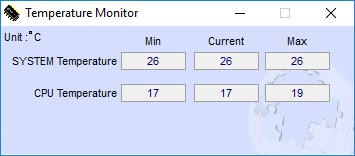
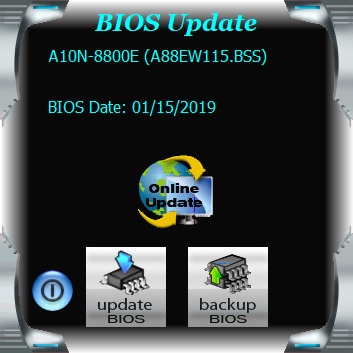








73 Comments
View All Comments
DanNeely - Thursday, August 15, 2019 - link
I looked on newegg, none of the <$100 atom boards appeared to have support for an m.2 ssd. I did see one with the obsolescent mSATA standard that would let you either avoid spinning rust entirely or build a baby nas without putting the OS on a data drive. OTOH I did at least see a model with 4 sata ports instead of only 2.LoneWolf15 - Monday, August 26, 2019 - link
Atom does not support this. However, mSATA is good enough for boot; you don't need massive I/O throughput, just a 128GB to boot the OS, and then use the SATA ports all for drives.bananaforscale - Thursday, August 15, 2019 - link
Not all Atoms have AES-NI tho. Excavator does.MASSAMKULABOX - Saturday, August 17, 2019 - link
I'm not sure this will really play that well against Ice-lake ? We need to see the 3200ge/3400ge and then the next gen APU with Zen3/Navi Small on board, about 2020 q1. THAT should be something to write home about. i7 perf with 1060 gfx in a single sock. Interesting to see stuff from the lower end tho.LoneWolf15 - Tuesday, August 27, 2019 - link
Most modern Atoms do have AES-NI. All current Gemini Lake Atoms support it, and all previous Apollo Lake and Braswell Atoms did as well. Intel is no longer segmenting that out, as it's highly useful for embedded scenarios like NAS and appliance processorsLoneWolf15 - Monday, August 26, 2019 - link
Probably use an LSI whitebox controller in the PCIe x16 slot for storage, or even a caching RAID controller.That said, I've seen far better Atom alternatives, including ones with dual-NICs that make them a better proposition in the ITX market.
bill.rookard - Thursday, August 15, 2019 - link
Remember, with built in onboard video, that PCI-E slot could easily hold a RAID or SATAx4 connector for more drives for a NAS build.... At that point 4x 6TB drives would be good for almost a 20TB server using ZFS RAIDZ1Martijn ter Haar - Wednesday, August 14, 2019 - link
Independent computer stores that want to offer builds that can compete or even undercut the cheapest Office offerings from Dell and HP? Dell cheapest Inspiron is €379 with a Pentium G5400, 7200 rpm 1 TB HDD and 4 GB RAM.blppt - Wednesday, August 14, 2019 - link
Can't even use it as a good HTPC---unless i'm mistaken the Radeon 7 doesn't do hardware 4k hevc full decode. And the 8800P would choke on most intense HEVC 4k vids.I *guess* you could add a cheapo 1030 or something to solve that problem, but why not start with a setup with integrated graphics from this century?
emn13 - Friday, August 16, 2019 - link
https://www.cnx-software.com/2019/06/26/raspberry-...Like the max 7-8W much, much cheaper raspberry pi 4?